PhysicsQuest 2020
The aim of PhysicsQuest is to introduce students to the basic concepts of physics, through fun experiments that will sustain their interest in math and science.
PhysicsQuest experiment kits demonstrate the fun and relevance of science to middle school students as they learn more about the physical world.
On this year’s quest, the incredible life and work of NASA’s Katherine Johnson frames four activities based on force and motion. Students will learn the physics of falling, swinging, flinging, and the basics of orbital motion that Katherine Johnson used to help put the first Americans in space. Lessons and experiments include:
- How mass affects falling objects (both on Earth and the Moon)
- Changing variables to affect pendulum motion
- Projectile motion with desk-mounted slingshots
- Circular motion and centripetal force by swinging and launching wiffle-balls and string
In each activity you will find a teacher’s manual and a student manual with extension activities and resources to further your exploration.
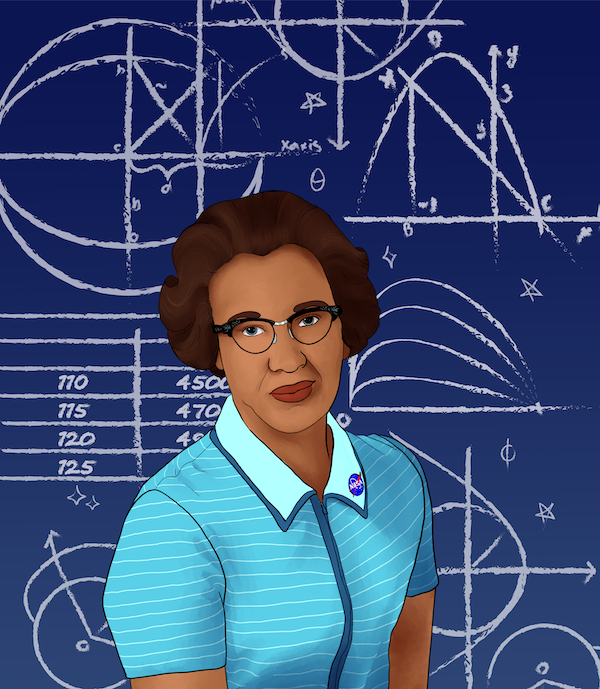
PhysicsQuest 2020 Activities: Lessons & Experiments
Falling Physics
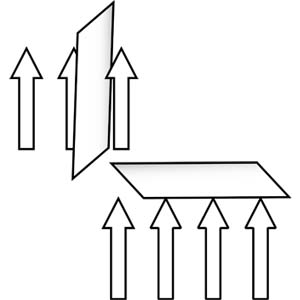
If someone drops two objects from the same height, one heavy, one light, which one will hit the ground first? If you are like most people, you may instinctively pick the heavier object. And why wouldn’t you? After all, rocks fall faster than feathers.
Swinging Science
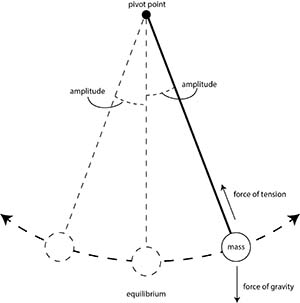
Most people enjoy going to playgrounds and playing on the swings. But did you know that the movement of swings — or pendulums — is one of the most studied problems in physics? Understanding their movement has helped people tell time, keep the beat or rhythm in music, and protect buildings against Earthquakes.
Watch it Fly
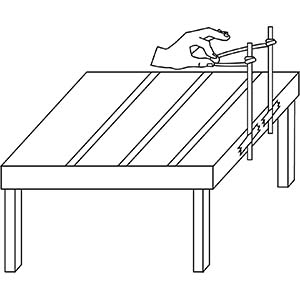
In activities one and two we looked at what happens when things fall, both straight down and as part of a pendulum. Now we’re going to look at what happens when something moves in two directions, down and out!
Circular Motion
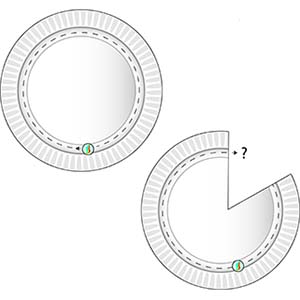
We have already looked at motion of objects falling in one direction when you drop it, or in two directions as part of a pendulum. We also looked at what happens when objects fall while also moving in the horizontal direction. In this last activity, we are combining all that knowledge to see what happens when objects move in circular motion.
